
Small pox vaccine is a vaccine administered in order to prevent infection caused by Variola virus. This infectious disease is very serious and in some cases it may cause lethal outcome. There is no specific treatment for smallpox but the vaccine can successfully prevent infection from occurring.
As it is the case with other vaccines even smallpox vaccine has certain side effects which must be taken into consideration prior a person is given a shot.
Smallpox Vaccine: Mild or Moderate Side effects
One of the most common side effects of smallpox vaccine is redness and swelling at the site of the vaccination. At the very site of injection a skin boil of different size forms. It may contain pus and drain within 2-3 days. After draining the skin heals and a smallpox scar forms. One more moderate side effect of smallpox vaccination is mild fever. Some people complain about problems with sleep, fatigue and headaches. The vaccine may cause enlargement of axillary lymph nodes and in some patients other parts of the body may be covered with boils and blisters.
Smallpox Vaccine: Severe Side Effects
The virus may spread through the blood and cause generalized vaccinia and rash on each and every part of the skin. The rash can be in a form of erythema multiforme.
The vaccine can cause serious heart disorders such as chest pain, myopericardititis, pulmonary edema, heart attack, hypertension, angina, palpitations etc. Some people develop seizures after receiving a vaccine and there is also a chance of confusion.
Near fatal reactions caused by smallpox vaccine include vaccinia necrosum or progressive vaccinia, encephalitis, atopic dermatitis, shortness of breath etc. The most complex side effects occur in people with weak immune system and these people in generally should not undergo smallpox vaccination.
Precautions
Smallpox vaccine is injected with a two-pronged needle. This needle pricks the skin of the upper arm several times. After 3-4 days at the injection site a red and itchy bump forms. During the first week a bump slowly turns into a blister, gradually fills with pus and eventually drains. The blister dries up during the second week. At the same time the scab forms. And finally, in the third week the scab falls off and the scar completely forms.
It must be emphasized that the immunization site is contagious until the scab completely falls off. This is why certain measures of precaution must be taken in order to prevent contact with the site of the injection. This can be achieved with bandages.




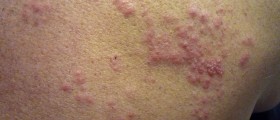
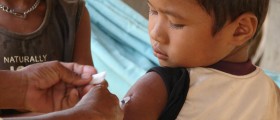
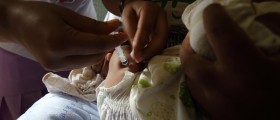

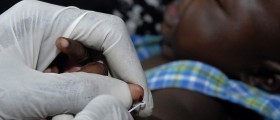
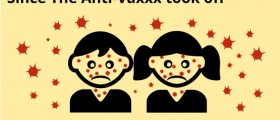
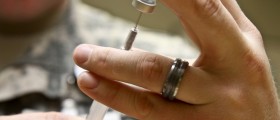


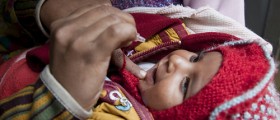
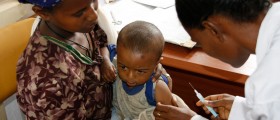


Your thoughts on this
Loading...